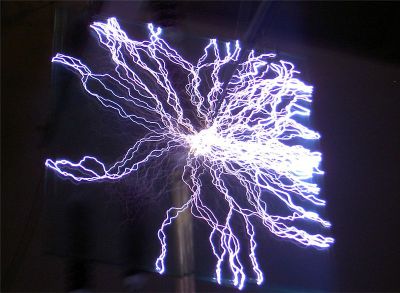
An EU team proposed a system for converting vibrational energy into small-scale electrical power. The project proved the device concept, utilising cantilevered PMN-PT layers, while also developing new microtechnology processes.
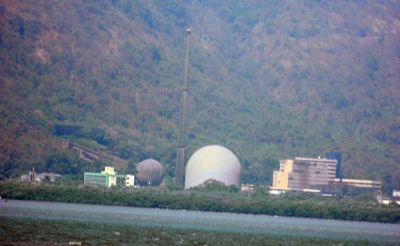
Europe is considering the viability of a next generation of nuclear energy systems that promise significant advances in sustainability, safety, reliability and costs. An EU initiative aims to deploy one such nuclear reactor prototype in central Europe.
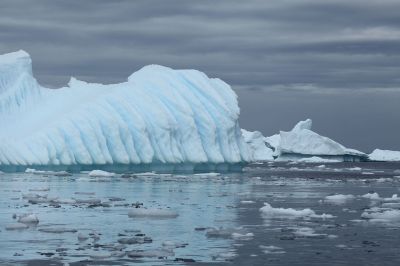
Fluctuations in atmospheric carbon dioxide (CO2) are a major component of the carbon cycle and the climate system. An EU-funded initiative investigated the past role of the Southern Ocean in influencing atmospheric CO2.

Although forests are dynamic systems, the speed of change to which they are subjected is now at an unprecedented level. This is due to factors such as climate change, nitrogen deposition, the introduction of invasive species, and the loss of biodiversity and habitat.

Global climate models that improve the accuracy of seasonal predictions have several limitations. An EU initiative used a large number of climate model simulations to optimise forecasts.
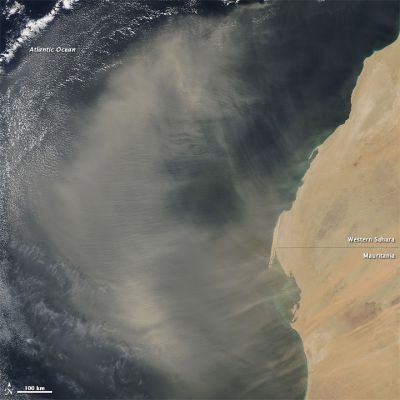
Aside from being a public health hazard, particles in the atmosphere affect climate. New data mining and analysis methods are shedding light on the role of one of the most important components, black carbon.

Researchers have used laboratory experiments to improve our understanding of how radioactive atoms move through clay, contributing to safer radioactive waste disposal.
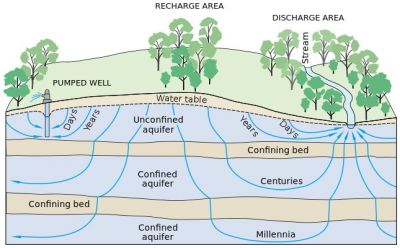
Protection and sustainable use of water supply is one of the most important environmental issues facing humanity. Groundwater is the primary source of drinking water for much of the world, as well as being vital for agriculture and industry, but it is under threat from pollution.
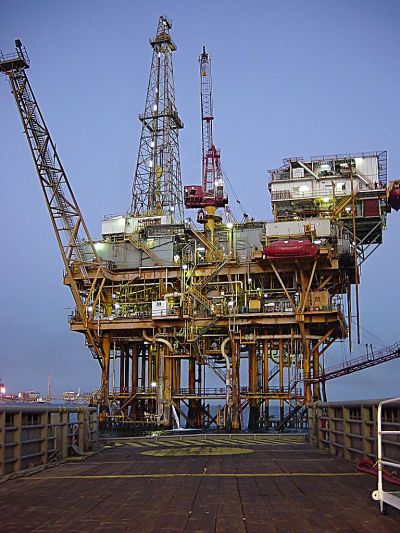
European engineers have developed a self-regulating reversible inflow control device (ICD) to maximise oil production and shut off unwanted water and gas from production wells.
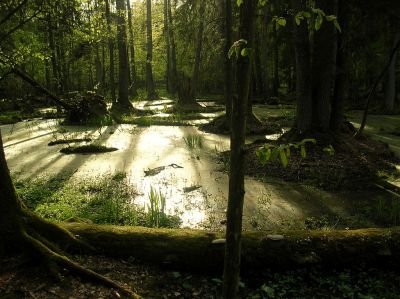
An EU-funded project is working on alternative management pathways for forests with the goal of finding better solutions to the carbon and climate problem.
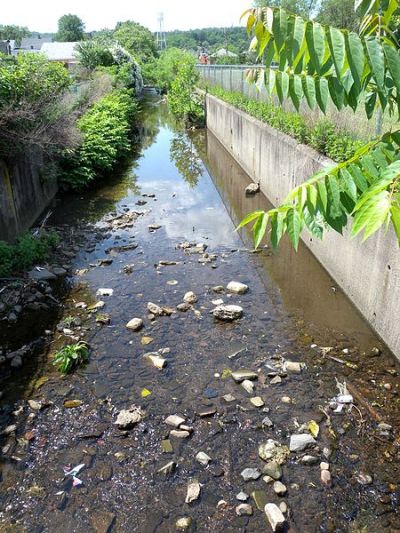
Scientists and engineers are working together as part of an EU-funded initiative to reduce the carbon footprint of wastewater treatment.
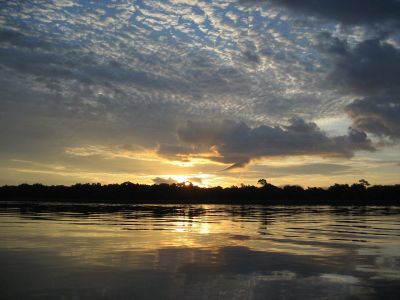
Researchers have made progress in understanding how streams and rivers influence global carbon and nitrogen cycles.
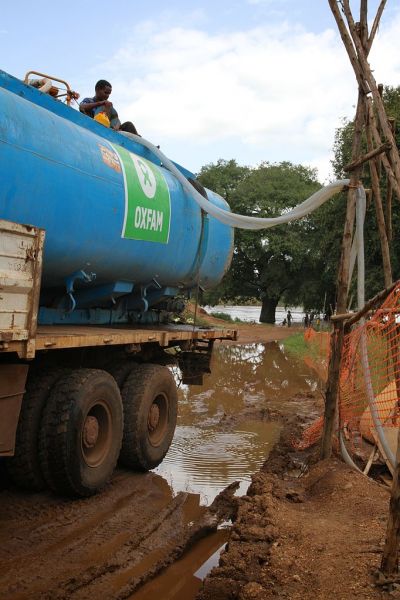
More than a billion people globally do not have enough clean water and 2.6 billion people lack adequate sanitation. Italian researchers in a region challenged by drought plan to remedy that at both the local and global scale.
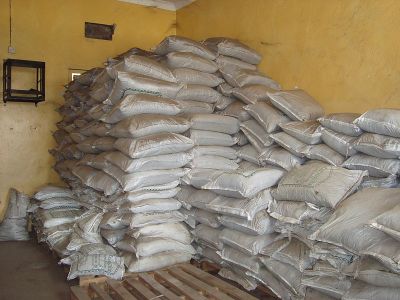
An EU project improved recycling of agricultural plastics film waste. The group developed a logistics system, also a three-stage process for on-site removal of earth and rocks from the film, involving a dry airflow technology.
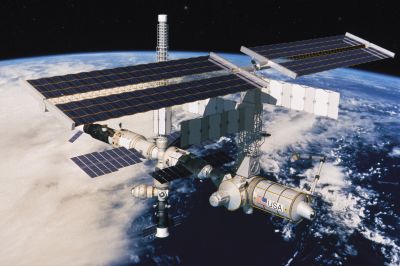
Information from a dedicated calibration and validation site has proven invaluable in ensuring the accuracy of satellite altimetry measurements. However, more reliable in situ information can be obtained by an international network being developed within an EU-funded project.

EU partners are developing a toolbox of instruments for use in environmental research in the Danube region. The effort will also benefit stakeholders and the local population.
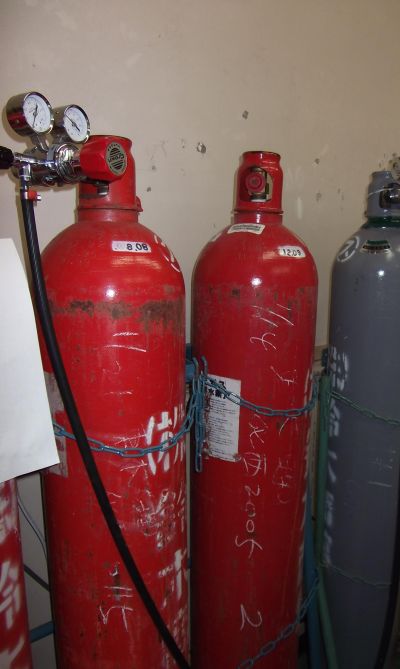
Scientists are developing an integrated bioprocess to produce hydrogen gas (H2) from garden and food waste by fermentation.
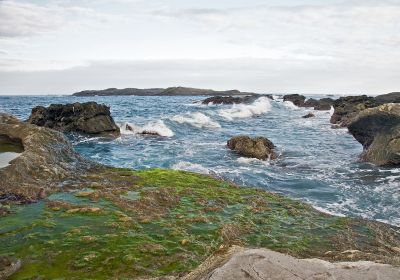
Researchers have investigated the use of acoustics technology to clump algal cells together in a concentration step before harvesting them for biofuel production.
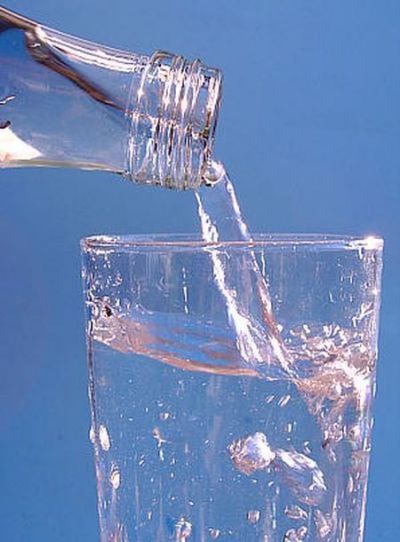
Researchers are developing ways to use energy from sunlight for purifying water in remote areas with limited electricity supply.
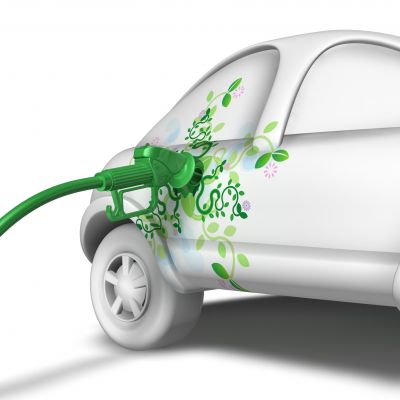
Hydrogen production from renewable sources is an important step toward reducing carbon dioxide emissions. An EU-funded project seeks to improve the process of extracting hydrogen from wet biomass.
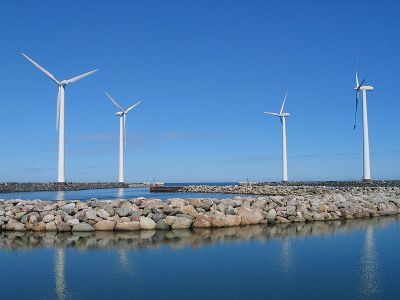
An EU-funded project is developing new designs for offshore wind turbines to tap the large wind potential in deep offshore environments.

A recent EU-funded initiative has developed technologies and tools for rehabilitating and managing polluted freshwater systems.

A recent research project is conducting experiments, statistical analyses and mathematical modelling to address the problem of greenhouse gas (GHG) emissions from livestock farming.
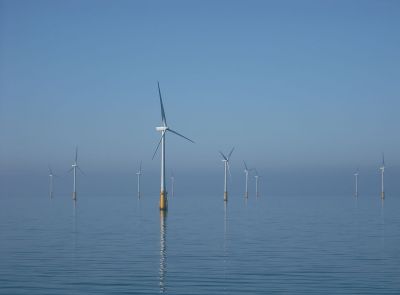
Wind is, together with photovoltaic power systems, the most important renewable energy source. New floating offshore wind energy technology as in DEEPWIND, tackling the challenge of deep-sea installations, could significantly enhance uptake and have major impact on emissions reductions.
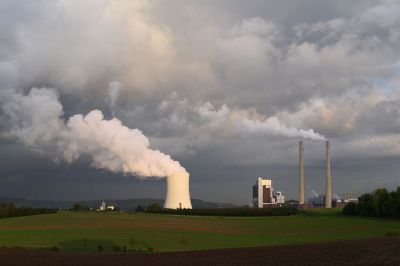
Providing sufficient water for a growing population is one of the greatest challenges of our times. One solution is to recapture water lost through evaporation during many industrial processes.
























